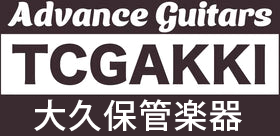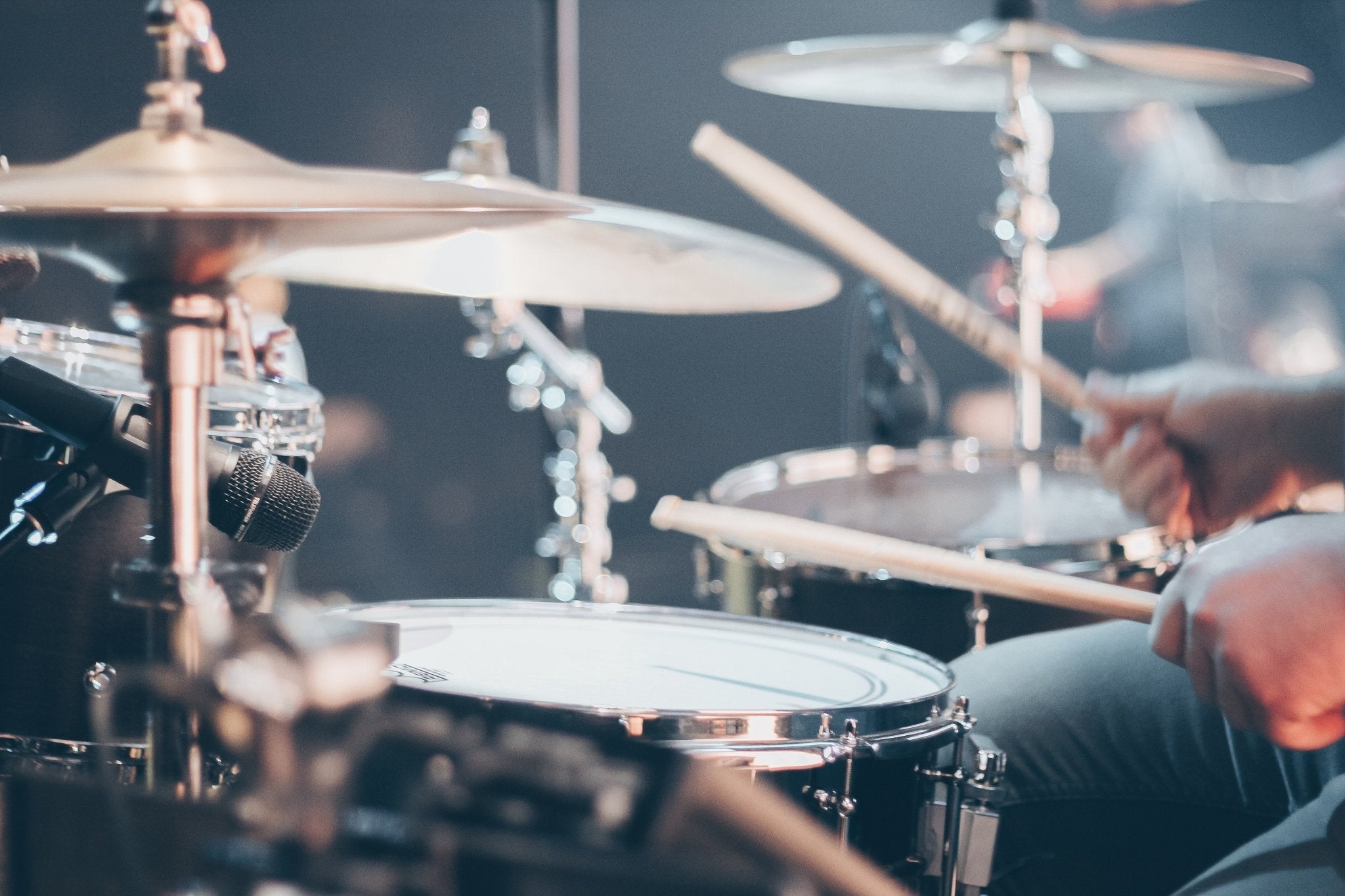


Thank you for visiting our website. We have been asked this question more often than you might think, so we decided to create this page. We have many customers who are buying drums for the first time. The reasons are various, for example, they need drums for their school, they started to play in a band with their friends, or their juniors or children are starting to play drums.
Although the term "used musical instruments" may seem daunting to beginners, most of our customers come to our store without hesitation, and if they have any questions, they grab the nearest staff member to help them choose the right instrument.

|

Now, what kind of image do you have when you think of drums and drummers?
A dynamic drummer in a rock band? A big drum set and flashy performance? Or a technical drummer with unmatched precision or an exquisite groove master?
There are many styles, but the drummer is without a doubt the star of the band. If you have ever seen a live performance, you know that the sound is just huge. The "live" sound of the drums is louder than the loud electric guitar sound. It's just too much. It is also a very human part, as it is the part that bears the "ancient wildness" of hitting things.
He is also the leader of the whole band. If you are still thinking, "Is the drummer the guy who sits in the back? If you are still thinking, "A drummer is someone who sits in the back," I recommend you to go to a live concert and listen to a live performance. Of course, you can also get to see great performances on CDs and YouTube. But at a live performance, you can experience the overwhelming power and true joy of real drums. Even if you are just starting out, we encourage you to go to a live performance!

There is so much music out there now, and so many different styles of rhythms.
There are also drummers of various styles, and the drums can be assembled as you like.
In this section, we focus on drums and items in the most basic style.


I remember a long time ago, when my senior said to me, "Take that high tom there," and I thought, "HAITAMU? My mind went blank.
I was like that, but for those who are new to drums, there are more items than any other instruments, and some of the terms (names of equipment) may be unfamiliar to you, making it difficult for you to understand them.
But don't worry! Even professional drummers started out as beginners. If you learn a little bit at a time, you will enjoy playing drums and discover the fun of drumming.

|
A simple three-piece set that is often used in oldies and jazz styles. |
|
|

|
Acrylic drums used in the old days of hard rock and other music. Combined with stage lighting, they stand out very well. |
|
|
|
This is a very large drum set from the heyday of stadium rock concerts in the 80's. |
|
|
|
There are various drum sets available, but the first one is a standard 4-piece set as shown in the photo on the right. |
|
|



|
Among the drums in a drum set, the snare is the most used drum. The snare drum has a fairly important role in the drum set. When the band is playing in an ensemble, the other members use the sound of the snare drum as a guide to the rhythm. Since it is the most used drum, it is set right in front of the drummer. |
|
|

This is the loudest and lowest sounding of all the drums. It is also called a "kick" because it is played with the feet. It is usually placed in the center of the drum set. It is played with a kick pedal, so it is set up horizontally.

This is the second lowest sounding drum in the drum set after the bass drum.
Most drums have three feet on their sides and are usually placed on the drummer's right hand side.
For rock drummers, two drums of different sizes are sometimes placed on the drummer's right hand side.

This drum is smaller in size than the floor tom. The smaller the drum, the higher the sound. They are set on the bass drum using a tom holder. They are placed in front of the player.
The "high tom" in the first sentence of this article refers to the smaller tam-tam.

1. butter side: The head (skin) of the tom tom.
2. hoop: the frame in which the drum head (skin) is set.
3. shell: The body of the drum. It is tubular in shape.
4. snare side: the lower side of the head where the snappy (sounding wire) is stretched.
|
Lugs: The supports that hold the hoops in place. A bolt is used to hold the hoop in place. |
|
|
|
Tube lugs" have less contact with the shell. |
|
|
|
Snappy: A metal sounding wire. |
|
|
|
Strainer: A switch that turns the snappy on and off. |
|
|
|
8. mute: Located inside the drum. A felt material is pressed against the hitting surface from the inside to suppress unwanted high frequency sounds. It improves the cohesiveness of the sound. |
|
|
|
The position of the mute can be adjusted with a screw on the outside. |
|
|
There are various types of shells and parts. Each part has its own character and is an important factor in determining the sound. However, the story of parts ends here.
We will talk about them later.
These are the drums of the drum set.
The size and number of drums in a drum set can be chosen according to preference. For example, some players choose to have two bass drums (called "two-bass") or many tom-toms of different sizes to create a scale. If there are many sets, each item may be set on a large framework called a drum rack.
This two-bass set is mainly used by heavy rock drummers.

If you are particular about it, you can also get a set like this! You rarely see something like this....


Do you often see 20", 16", or 14" on drum products?
These are used to indicate the bore (diameter) and depth (height) of the drum. You may often use "20cm" or "16cm" to express the size of a drum. The preceding " " is called an inch. Incidentally, one inch is approximately 2.54 cm. As you get used to it, you will be able to visualize the size in inches.

The upper part is in inches and the lower part is in centimeters.

Cymbals, like drums, have different roles depending on their size and shape.
Some are used to faithfully engrave rhythms, others to accentuate accents, and still others to produce a loud sound or to give the drummer's personality.

|
Two cymbals are used in a stack. The upper one is called top hat and the lower one is called bottom hat. The top hat is called the "top hat" and the bottom hat is called the "bottom hat. |
|
|
|
|
|
There is a pedal under the hi-hat stand, which is used to open and close the hi-hat. |
|
There is also a hi-hat like this. The bottom hat is "Sound Edge" which has a unique wave shape. Compared to ordinary hi-hats, it produces a sharper sound. Compare with a normal hi-hat, you can see that the bottom hat has a wavy shape. |
|
|

|
It is the largest cymbal in diameter. It is mainly used for rhythm. It is placed approximately on the drummer's right hand side. |
|
|

|
Smaller cymbal than the ride. It is mainly used for accentuation. Usually two cymbals of different sizes are set. The larger one is placed on the drummer's right hand side (floor tom side) and the smaller one on the left hand side (high tom side). |
|
|
|
|
|
The one on the left is the 16" size crash and the one on the right is the 18" size crash. |

Effects Cymbals
This is a general term for cymbals that produce a loud and distinctive sound. These cymbals are used to emphasize accents in a performance or to liven up a performance with a loud sound. These are items that can also be used to express the individuality of the player.
Let's take a look at some typical examples.
|
China: |
|
|
|
Splash: |
|
|
Effect cymbals are basically free objects, and can be intentionally drilled, partially cut to create interesting sounds, or even quite unique.
|
*Percussionist: |
|
|

|
A chair on which the drummer sits. There are simple round chairs and others with backrests.
|
|
|
And finally, let's look at the sticks and kick pedals, which are directly operated by the drummer.
|
Sticks are the first thing you buy when you start playing drums. |
|
|
|
Name |
||
|
|
||
Different drummers have different hand sizes and arm strengths. There are many different types of sticks for different drummers.
Here we will look at some of the most common.
|
||||||||
Chip shape
The larger the surface of the tip, the more powerful and thicker the sound, and the more stable the volume, etc.
Smaller striking surface -> Delicate and sharp sound, sound can be varied depending on the angle.

Nylon tip
Stick with a nylon tip. The sound of the cymbal is clearer and more durable than the wooden type, and the tone is more stable.

Other Sticks
Brushes:
|
Often used by jazz drummers. As the name suggests, the tip is brush-shaped. In addition to tapping, it also has its own unique playing technique, such as the slide technique, in which the player rubs the striking surface. |
|
|
As we have seen about sticks, there are many types of sticks. There are also signature models (artist models) that incorporate artists' opinions.
If you are not sure which one to choose, we recommend that you start with a signature model of your favorite drummer and gradually find the one that suits you best.




























